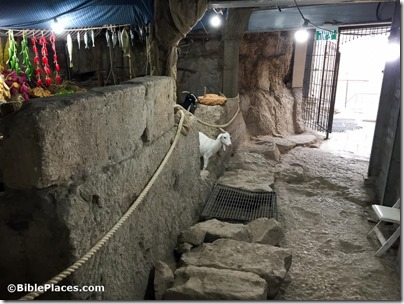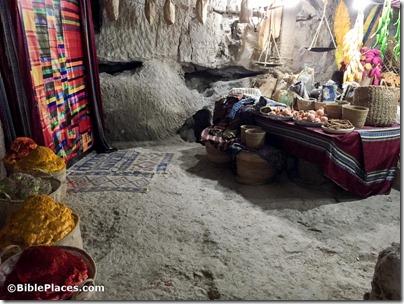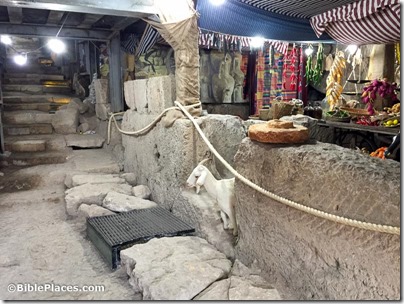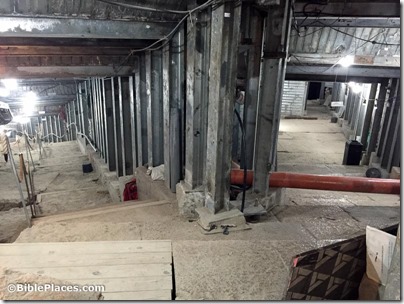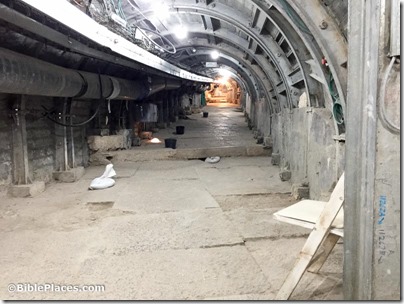We have more stories this weekend than perhaps ever before for a single week (nearly 50), so expect a third installment of the roundup on Monday.
The first-ever ancient depiction of the balm of Gilead was discovered on an amethyst seal found by volunteers sifting soil from near the Temple Mount. There’s a 3-minute video here.
Excavations at el-Araj (Bethsaida?) have wrapped up for the season, and the archaeologists discovered a large apse and two partial inscriptions in the mosaic floor of what they believe is the Church of the Apostles.
A diver found a Crusader-era sword in perfect condition off the coast of northern Israel. There is a short video here.
Not only the Crusader sword but much more has been discovered because of a once-in-a-century storm that occurred in December 2010.
Archaeologists discovered a hoard of silver coins from the Hasmonean era in Modiin.
Daniel Master is a guest on the Book and the Spade to discuss the recent excavations at Tel Shimron.
An organization is calling on the Israeli government to excavate and open to tourists the site of ancient Gibeah of Saul, more recently home to King Hussein’s unfinished palace.
“Members of the Samaritan faith gathered at sunrise on Wednesday to mark Sukkot, a month after Jews celebrated the festival.” The short story includes a brief video.
NY Times: “Rameh, a Palestinian town [in Galilee] surrounded by olive groves, has long had a reputation for producing especially good oil.”
Megan Sauter writes about the importance of three purple textile fragments from the time of David recently discovered in the Central Timna Valley Project.
Andrew Califf writes about seven lesser-known archaeological sites in Israel (Haaretz paywall).
The Museum of the Bible is offering virtual tours of Masada and Megiddo on November 10 and 17, “using advanced images combined with an online interactive classroom to create a rich, immersive experience.”
“A new exhibition by the Israel Antiquities Authority at the Yigal Allon Center in Kibbutz Ginossar offers a glimpse of the centuries when Jewish sages managed to rebuild a community in the Galilee.”
Kyle Keimer and Chris McKinny discuss Cabul in the days of Solomon in the latest episode of OnScript’s Biblical World.
When children volunteering at the Temple Mount Sifting Project stole some of the artifacts, the director used the opportunity to instruct them on the community’s responsibility.
On sale for Kindle: A Week in the Fall of Jerusalem, by Ben Witherington ($3.99)
HT: Agade, Joseph Lauer, Arne Halbakken, Ted Weis, A.D. Riddle, Paleojudaica, Explorator, BibleX
